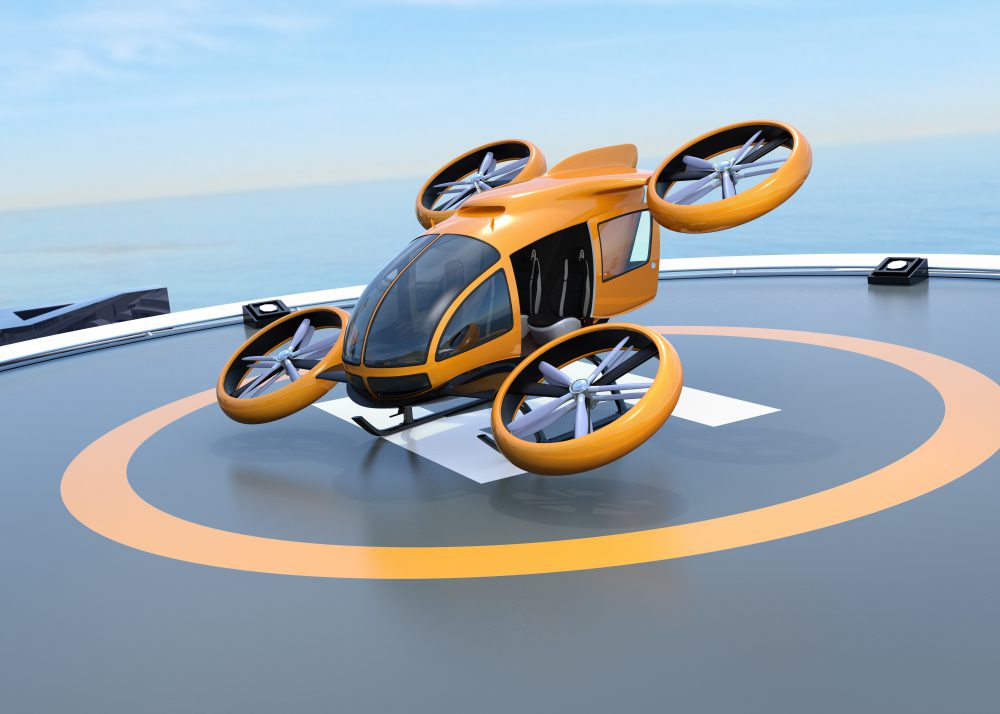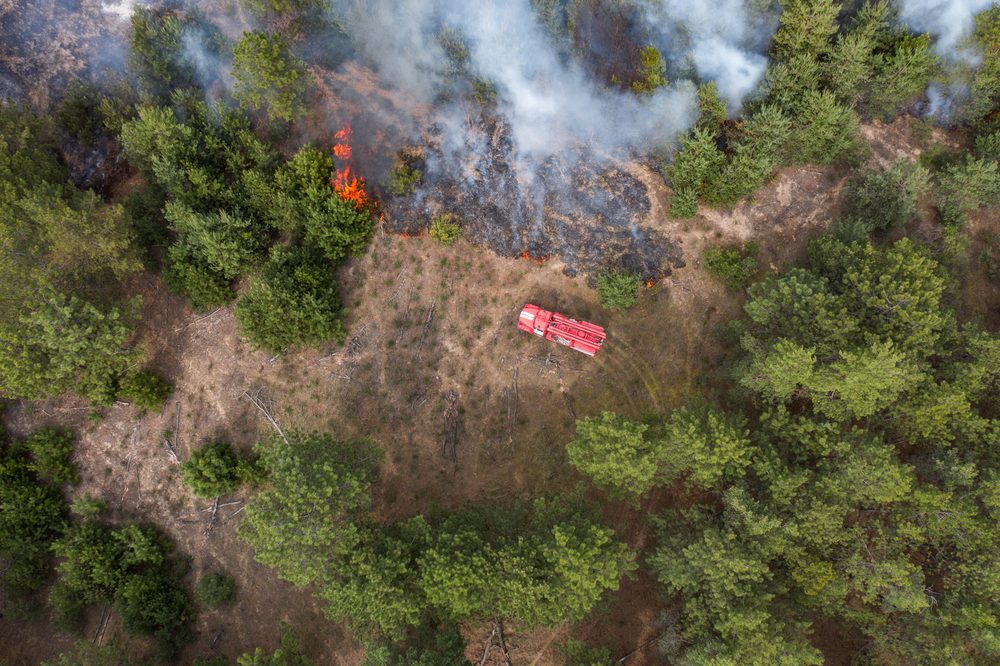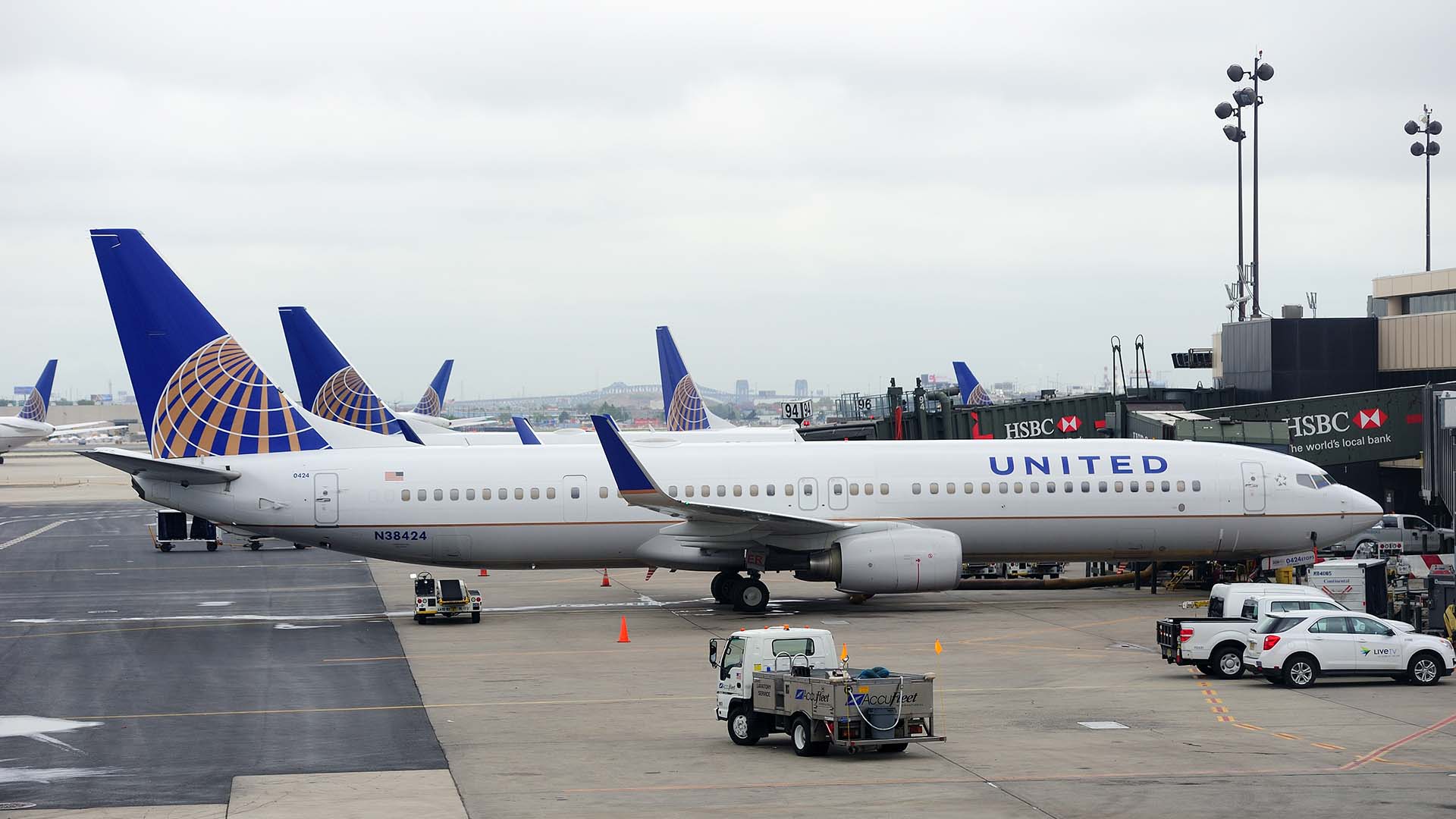NASA and Joby Aviation are testing air-taxi safety at airports. With drones, they can see how they can react in busy airways to provide fast, aerial transportation to airports.
Air Taxi
Joby Aviation is a company developing electric vertical take-off and landing (eVTOL) aircraft for commercial passenger service. In November, they marked the first air taxi flight in New York City and the first time Joby Aviation flew in an Urban setting.
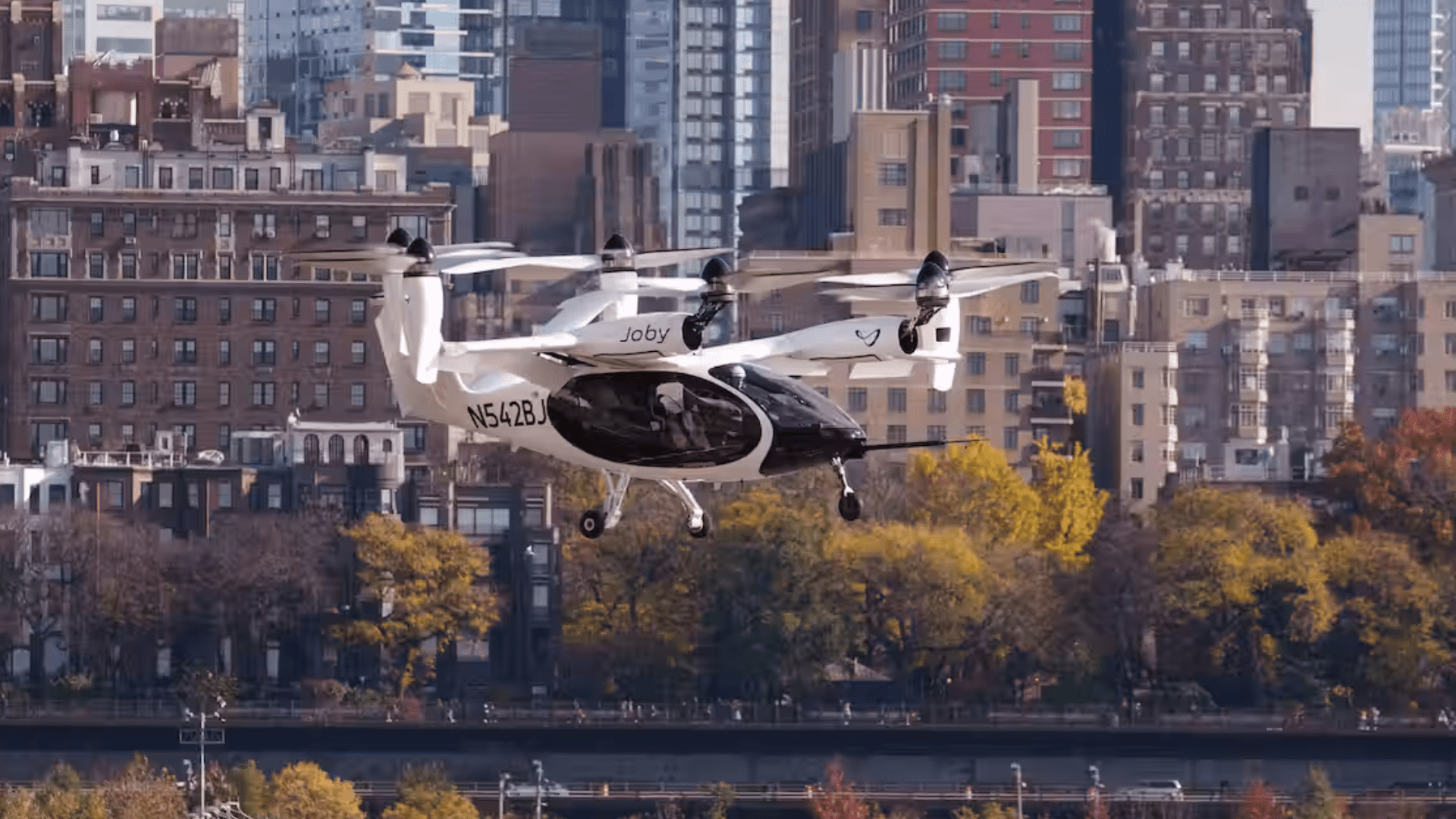
Air taxis and eVOTLs fall under the umbrella term Advanced Air Mobility (AAM). The Federal Aviation Administration (FAA) says AAM can be used for the transportation of cargo and passengers or help with firefighters. Search and rescue teams can use electric aircraft as well. Air taxis also have the potential to “connect underserved and rural communities.”

Joby’s air taxi looks like a cross between a helicopter and a drone. Since the aircraft is electric, it’s quiet as it flies. The air taxi is operated by six electric motors and reaches up to 200 mph. Since 2017, Joby’s prototype has flown over 30,000 miles. Joby expects to launch commercial use of the eVTOL in 2025. Flights include four passengers and one pilot.
Moving Forward
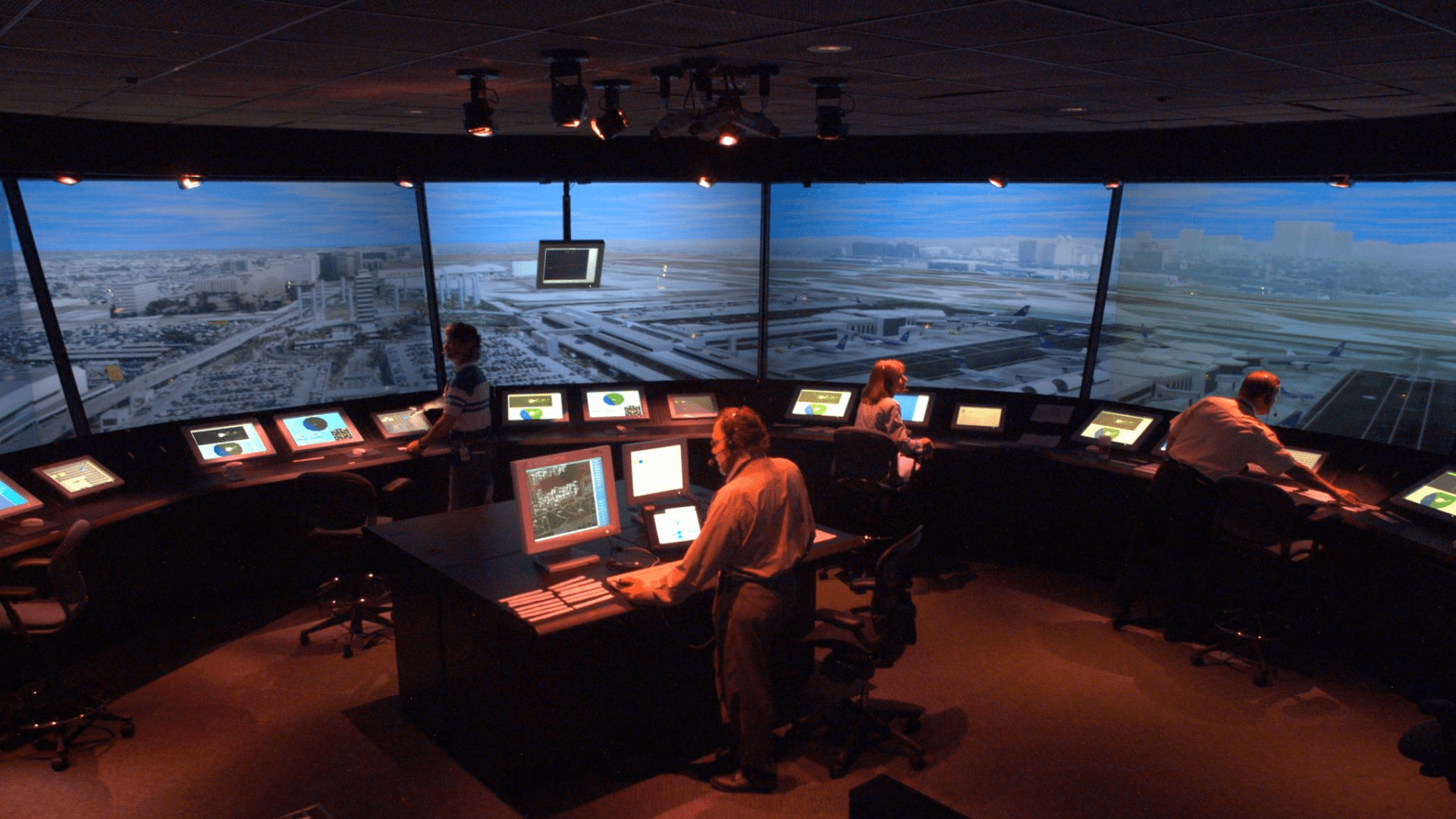
NASA and Joby Aviation are one step closer to the plans to implement air taxis around busy airports. A new study with NASA’s Ames Research Center and Joby Aviation developed a new air traffic simulation. NASA’s new air traffic simulator, FutureFlight Central, offers a full-scale airport simulation where controllers and airport personnel can test operating procedures and new technologies. Simulating new technology helps prepare for the integration of electric aircraft into operations.
“This simulation validates the idea that we can find a way to safely integrate these vehicles into the airspace at scale,” said NASA researcher Ken Freeman. Researchers want to find safe ways to integrate air taxis into busy airspace. For example, they want to learn how to safely fly air taxis around airports.
Savvy Verma is an urban air mobility researcher at NASA Ames and says “We’re trying to enable a better quality of life.”
“Some people are stuck in traffic for hours on the way to the airport. A 12-mile trip can take 45 minutes. Imagine being able to do that same trip in 15 minutes.”
Further Testing
NASA is testing the capabilities of air taxis around airports using drones. Not only did researchers use drones but also autonomous drones. Meaning, drones without controllers or pilots. During the test flights, the drones avoided each other at take off, through obstacles, planned routes, and landing. What this shows researchers is electric aircraft are capable of operating in busy airways.
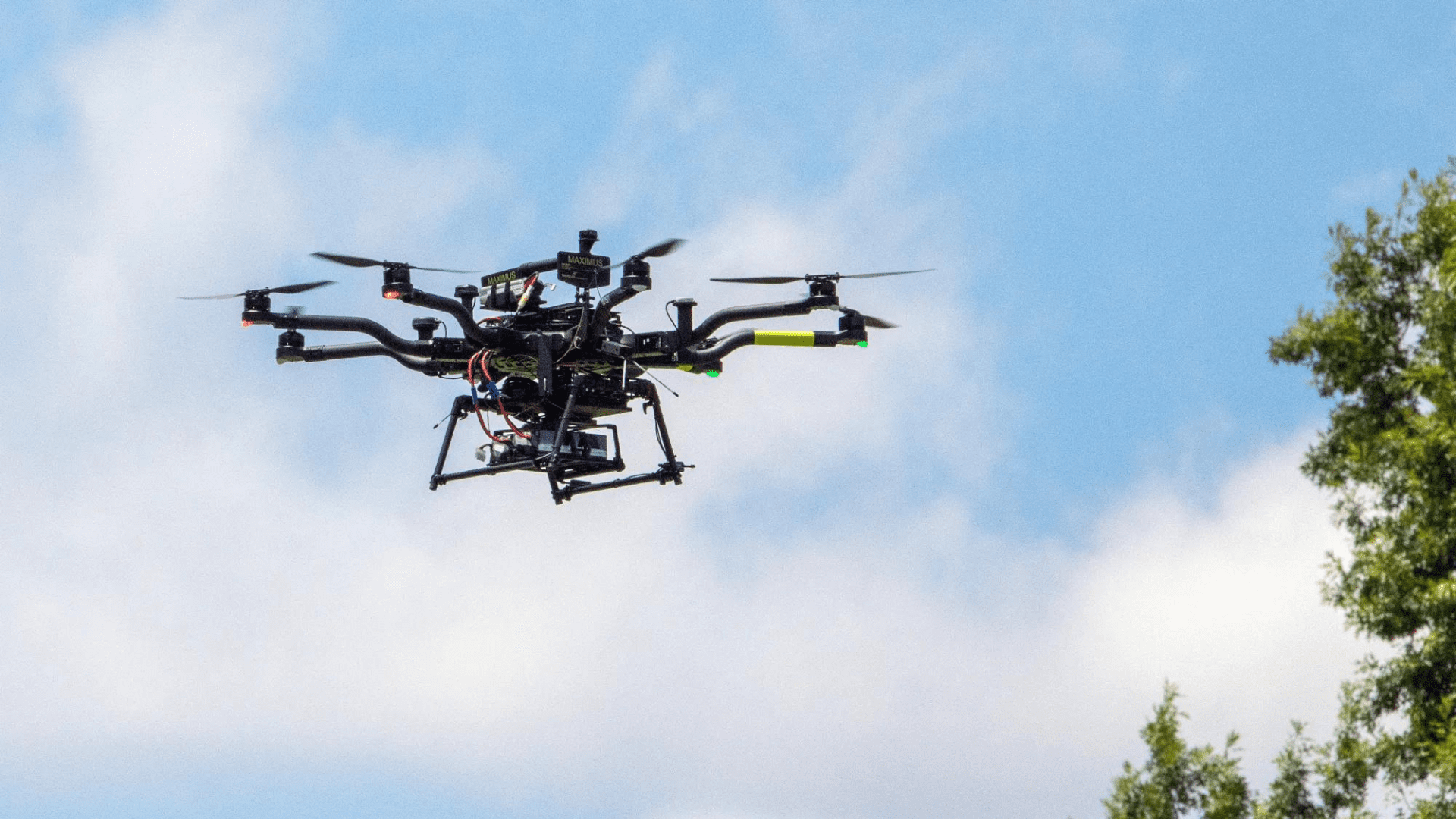
The reason researchers used smaller electric aircraft, like drones, is safer and more cost-effective when observing how these aircraft avoid each other.
Lou Glaab, the branch head for the aeronautics systems engineering branch at NASA Langley, says, “When you have multiple vehicles, all coming and going from a vertiport that is located adjacent to an airport or deep within a community, we have to ensure the automation technologies of these vehicles are capable of safely handling a high volume of air traffic in a busy area.”



